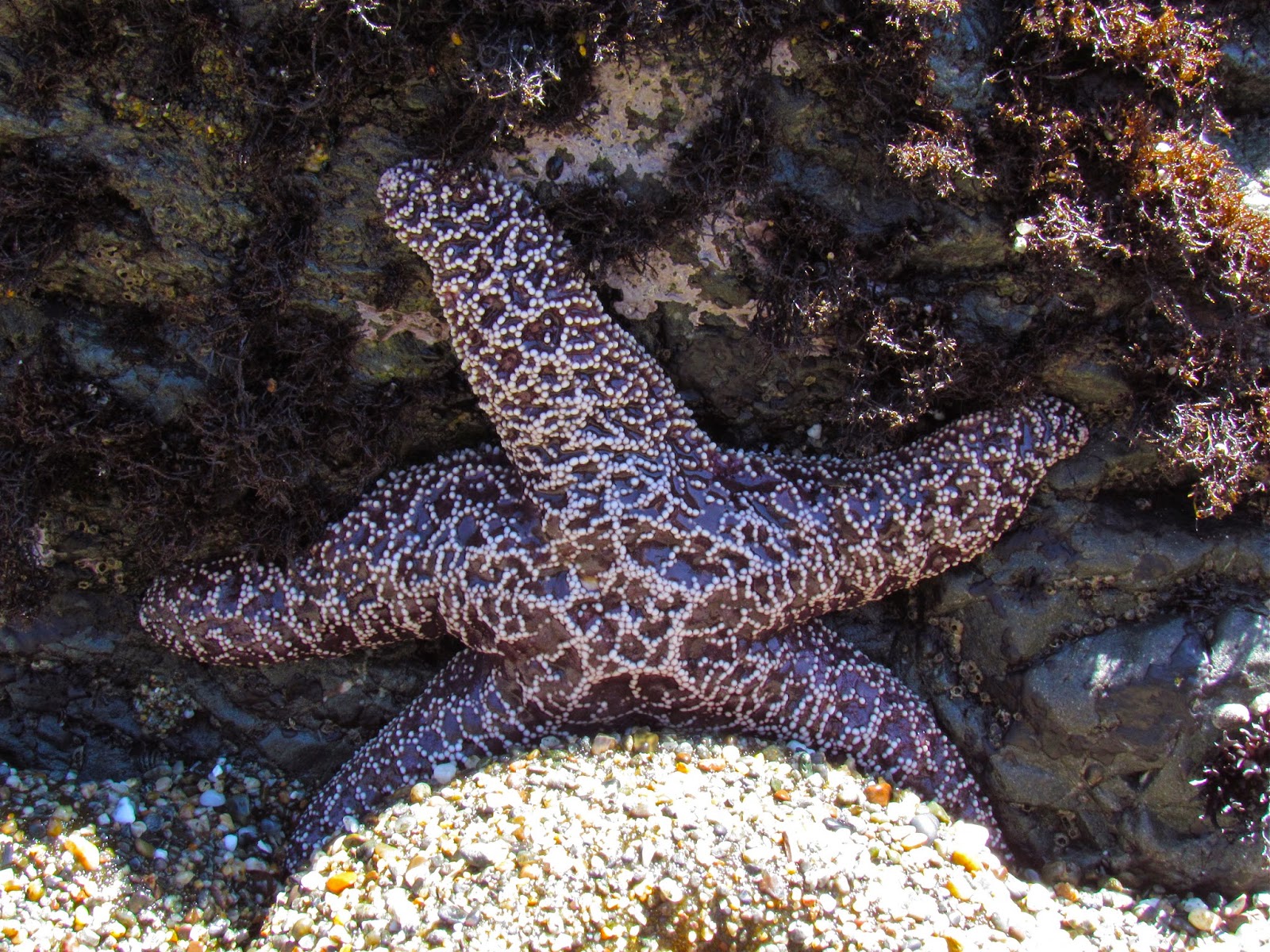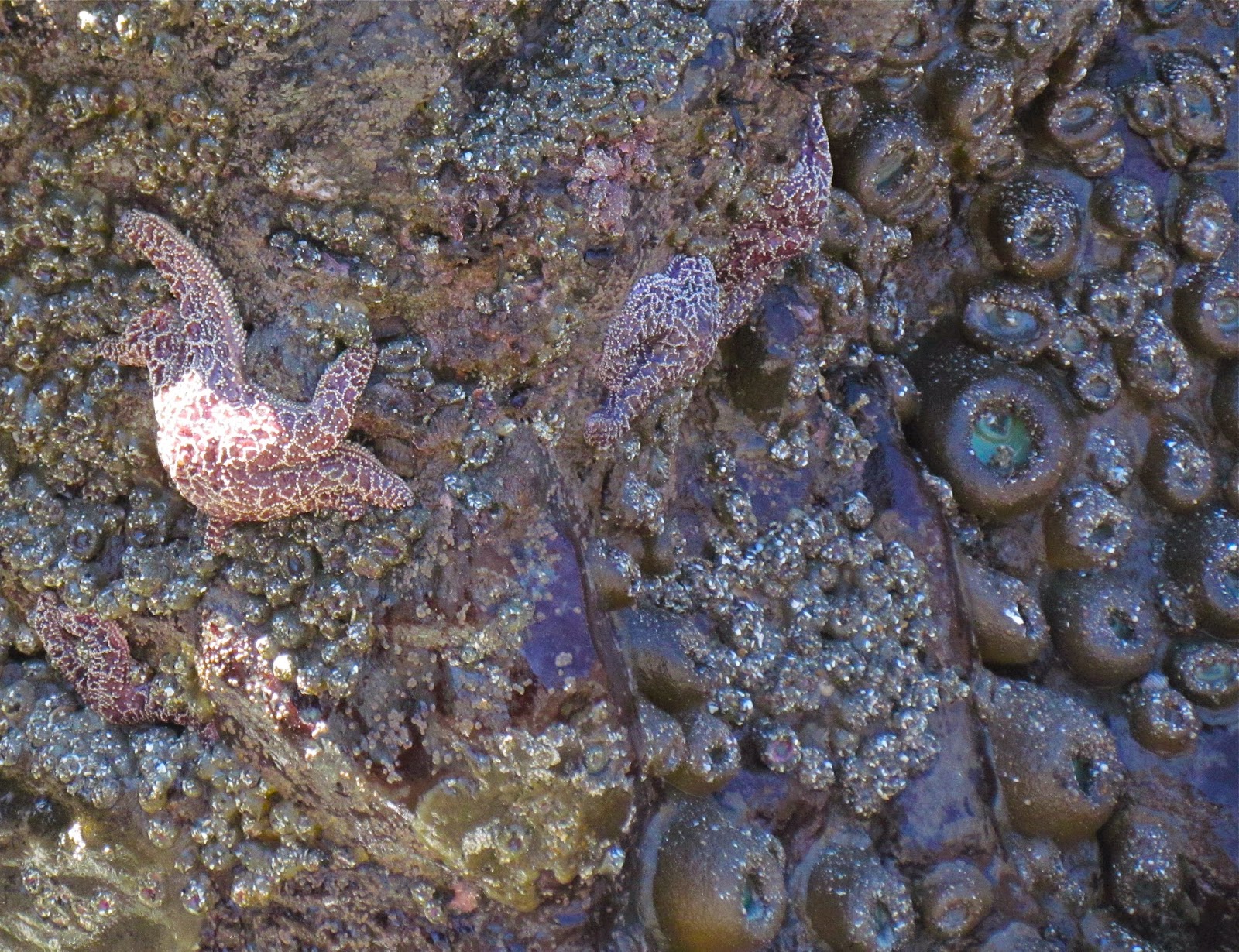JOIN "Hands Across the Sand" gathering at Doran Beach Park on June 25th from 11-1. For more information on the history and purpose of the event visit
http://www.handsacrossthesand.
Locally:
“Hands Across The Sand” Event Opposing Offshore Drilling & Supporting Clean Energy
Doran Beach, Bodega Bay 11:00 Speakers 12:00 Join Hands followed by Beach Clean-up
Meet at whale Sculpture across from Coast Guard Station
$6 day use parking fee is waived if 4+ passengers per vehicle (or if you have a Regional Parks pass, bless your heart!)
The Sonoma Coast Chapter of Surfrider is hosting the event. This event is an opportunity to express opposition to offshore drilling and promote clean and sustainable energy. There will be speakers from Defenders of Wildlife (Richard Charter, Executive Director), Ocean Conservation Research (Michael Stocker, Executive Director), Sonoma County Board of Supervisors (Efren Carrillo), Pacific Coast Federation of Fishermen's Associations (Zeke Grader), Tom Roth (Chief of Staff for Sen. Noreen Evans) and Bill Kortum (Coastal Activist) .... prior to participants forming a line in the sand and joining hands. There will also be a beach clean-up and we will be joined by "the bag monster" to bring awareness to the issue of single use plastic bags and plastic pollution in the ocean.
The Sonoma County Board of Supervisors is giving the Gold Resolution on June 21st and declaring June 25th as "Hands Across the Sand" day in Sonoma County.
Please visit the Sonoma Coast Surfrider website www.surfrider.org/sonomacoast
There is a link on the website to the chapter facebook page " Sonoma Coast Surfrider" that will post updated information on the event.
Here is a video of event highlights
At this time Doran Beach is the only location for Sonoma, Marin, and Mendocino Counties. "Hands Across the Sand" will be a great opportunity to meet with like-minded folks.
This is a great event to show your support for energy alternatives, no offshore drilling, and your commitment to our coast. Please bring a bag, or two, or three to pick up trash.
Thank you!!
xxoo



































